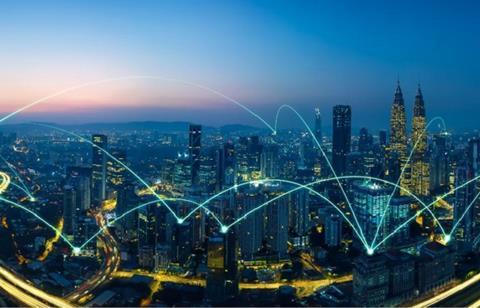
Need to know:
- The sudden transition to home working in 2020 meant employers had to focus on more frequent engagement and connection with employees, showing empathy and care, and working to create the right employee experience.
- This will continue into 2021 but as, hopefully, workplaces eventually open back up there may be a shift to more ‘hybrid’ forms of working that, in turn, may mean employers having to rethink the role and purpose of physical workspaces.
- Employers will also need to consider what sort of benefits and strategies are most likely to resonate with or engage employees in this new hybrid working landscape.
For the many millions of us now back working from home during the current national lockdown, the hope that 2021 would bring with it some sort of vaccine-led return to workplace ‘normality’ probably feels a long way off.
Nevertheless, assuming the Covid-19 vaccines do eventually enable restrictions to ease and our society, economy and workplaces to open back up, whether that is from the spring, summer or even this coming autumn, employers are going to face a new set of engagement challenges.
Changing methods
To an extent, while 2020 brought with it unprecedented change, once the transition had been made to home working, not forgetting of course that many employees did remain working in factories and warehouses, on shopfloors and so on, the engagement challenges, while very different, were relatively straightforward.
Yves Duhaldeborde, senior director at Willis Towers Watson, says: “All of a sudden, leaders were having to get used to Zoom and Teams and more social media, more conversation and more listening. Most of our clients do regular engagement surveys, but we saw many organisations move to more frequent pulse checks to understand what was going on with different populations. Managers went out of their way keep in touch with employees, to keep connected and trying to engage them; showing empathy and care.”
Sarah Robson, senior strategic consultant at Aon, adds: “2020 showed more than ever that creating the right employee experience, whether that is about the environment someone is in, the technology they’re using, the management style but also the way an [organisation] supports that person’s wellbeing, can really impact how engaged an employee is.”
Even if 2021 sees a gradual return to physical, collaborative office and working spaces, the experience of the past year will mean employers need to think long and hard about what employees actually want and need, says Debra Clark, head of specialist at Towergate Health and Protection. “Into 2021, I think that, if anything, engagement is likely to become even more challenging because some people will be returning to offices while others may not be, and others never left," she explains. "Therefore, we are going to have a real hybrid, mixed approach. [Employers] are going to have to get more creative in how they reach all their staff in order to keep engagement levels up.”
While some employees are desperate to get back into the office, employers may face resistance from large pockets of their population, says Andrew Drake, client development director at Buck. “There will, therefore, need to be more of an enticement back, and the office environment as a result will have to change.
“It will be about giving people a reason to be in the physical workspace. A lot of people will have missed the social connection, the human contact, of being together in a workplace. So offices and workplaces may become more like a central hub where we all connect at a human level rather than on Zoom.”
Hybrid working
Within this, employers will need to consider what sort of benefits and strategies are most likely to resonate with or engage employees in this new hybrid landscape.
There will still be a place, and value, for the big traditional benefits such as access to a good pension, generous sick pay or private medical insurance, says Matthew Gregson, director and head of corporate at Howden Employee Benefits. But, to an extent, these have already become 'the commoditised safety net' that people increasingly simply expect from a ‘good’ employer.
“Where new money has been going, and has been accelerated by Covid, is into things that impact personal wellbeing, whether that is financial, mental or physical; initiatives, platforms, technologies and services to keep people well so they don’t have to rely on those traditional benefits,” he says.
“What I think is going to be happening during 2021 and beyond is, again, this key word of ‘hybridisation’. We’re not just going to see a hybridisation of how we work, we’ll also see a hybridisation of how we support employees’ wellbeing in the workplace.”
Finally, after such a grim 2020, and with 2021, at least for now, feeling equally challenging, there may also be an appetite, and a need even, for employers to be instilling a bit of fun, some light relief, back into the workplace, whether physical or virtual, says Clark.
“It might be things like bake-offs, themed days or charity events," she says. "Or just an opportunity to meet other colleagues. Whatever it might be, I think it is about accepting that work is a big part of our lives; to an extent it isn’t about ‘work-life balance’ anymore, it is just life balance and work is in there, a key part of it. And if work as part of your life is not fun, what’s the point, in a way?”





























